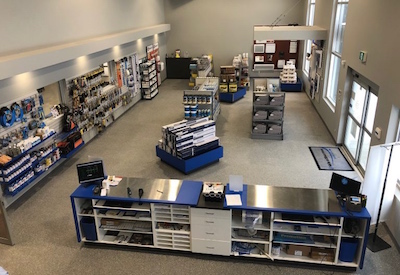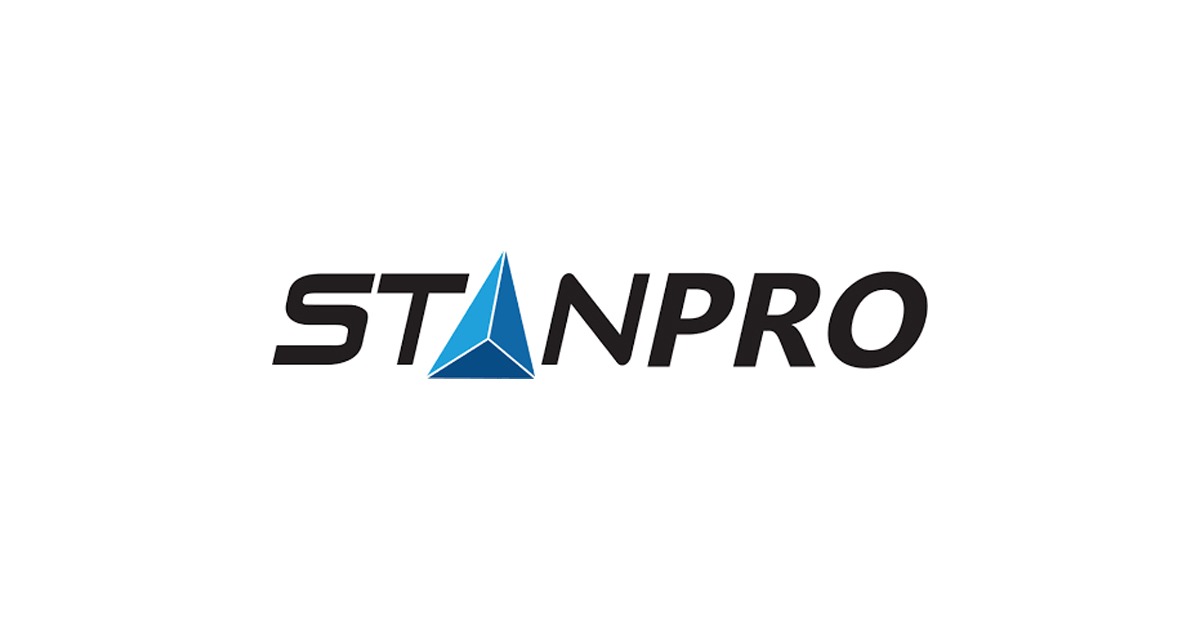Essential Guidance on DCIM for Edge Computing Infrastructure

Nov 14, 2019
By Patrick Donovan
The lack of staff or “lights out” nature of many local IT and mobile edge computing (MEC) sites makes operations and maintenance a challenge. This struggle worsens as the number of sites increase. How do you maintain IT resiliency in a cost-effective way under these conditions? It is not practical to staff each location with trained personnel. The answer lies, in large part, on data centre infrastructure management (DCIM) software. In this paper we describe essential DCIM functions for small, unmanned edge computing sites and attributes of next-generation DCIM solutions best optimized for that type of environment. We also provide practical advice on how to get started with DCIM to better ensure its value is realized.
Smaller, local edge computing sites – typically 1 to 4 IT racks in size – are often geo- graphically dispersed, multiple in number, and lacking IT staff. This creates infrastructure management and maintenance challenges that make it difficult to maintain availability of the IT in an efficient manner. Data centre infrastructure management (DCIM) software tools are critical to addressing these challenges. Modern, next-generation DCIM apps simplify infrastructure management while improving resiliency. This paper describes:
• essential DCIM functions for ensuring high resiliency at the edge
• attributes of next-generation DCIM platforms optimized for use with multiple, highly distributed, and unmanned local edge computing sites
• tips on how to get started with and use the tools
For a full, detailed explanation of what DCIM is and what all its functions are, see White Paper 104, Classification of Data Center Infrastructure Management (DCIM) Tools
White Paper 277, Solving Edge Computing Infrastructure Challenges, makes the case for embracing a collaborative ecosystem of partners and vendors, along with adopting integrated micro data centre solutions as the best approach for efficiently maintaining IT resiliency at the edge. A critical element of the micro data centre solution is the next-generation DCIM system. These software apps remotely monitor and optimize power, cooling, and security infrastructure equipment. Fundamentally, these new cloud-based DCIM tools offer easier management from afar, big data analytics and artificial intelligence technologies, as well as a secure means for trusted partners and vendors to assist with operations and maintenance.
Operation of IT equipment depends on stable electrical power, sufficient ventilation (or active cooling), as well as a secure location that is safe from unauthorized access or exposure to other physical and environmental threats. These dependencies mean that a highly resilient edge IT installation requires remote monitoring of the infrastructure equipment with DCIM software tools. After all, you cannot effectively manage something that cannot be seen. DCIM provides that remote visibility.
White Paper 280, Practical Guide to Ensuring Availability at Edge Computing Sites, goes beyond the DCIM system and describes specific actions to take to improve reliability of the power and cooling systems that support the IT.
While traditional DCIM suites offer a wide variety of functions and capabilities, a smaller subset of core essential functions is needed for local edge environments. These are summarized in Table 1 below. When you are in the process of selecting a DCIM solution, focus on these functions and compare each vendor’s approach and performance in delivering them. Most, if not all, vendors will offer these functions in some form. But they will differ in terms of the platform architecture used to deliver the functions. As the next section will show, the platform’s architecture drives how effective the DCIM tools will be for local edge environments.











